Post-Purchase Stress
You bought a plant, repotted it, but within a week, it began to wilt. The most likely cause is stress. A new temperature in the room, different soil—these factors shock the plant.
When repotting, do not free the roots from the soil, and then moderately water the plant with sweetened water at a ratio of 1 tsp. (4.93 ml) per 1 quart (0.95 liters). This will reduce stress levels. You might accidentally damage the root ball or root system—in this case, wait a couple of days before watering. The exception is for moisture-loving plants. Water them slightly, but do not add sugar to the water.
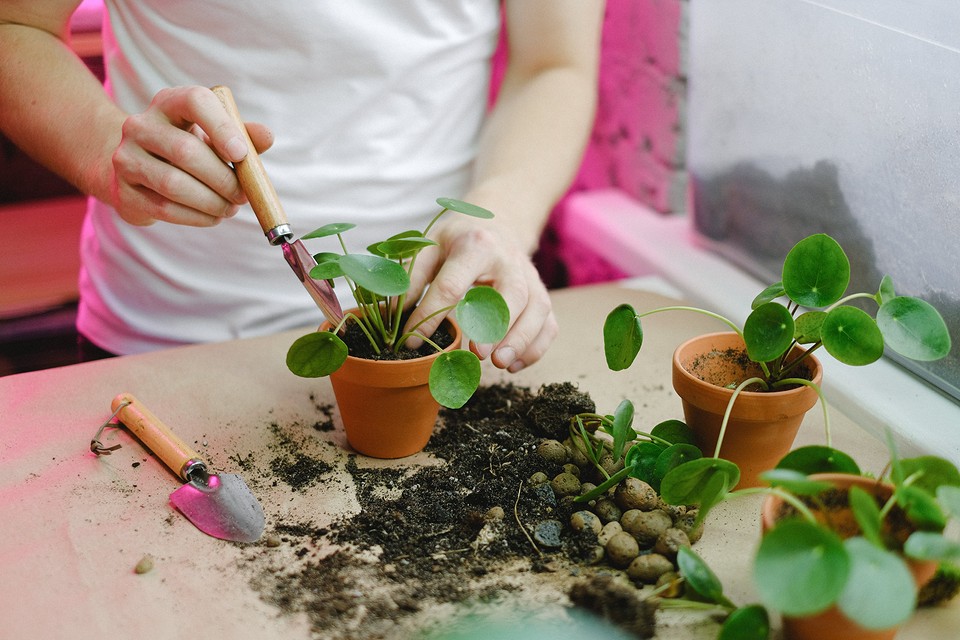
Improper Watering
Obviously, overwatering or underwatering is harmful to plants. But there are other problems: for example, poor quality water with impurities. Therefore, only water your plants with filtered, room temperature water. Also, forget about beautiful watering cans with thin spouts: a jet directed in one place provides uneven watering and can damage leaves, stems, roots. Use a container with a sieve with medium-sized holes. Do not pour water from above, water at the roots. Watering should not be on a schedule, but when the soil is insufficiently moist. Check with a wooden stick, inserting it at the edges to a depth up to the middle of the pot.
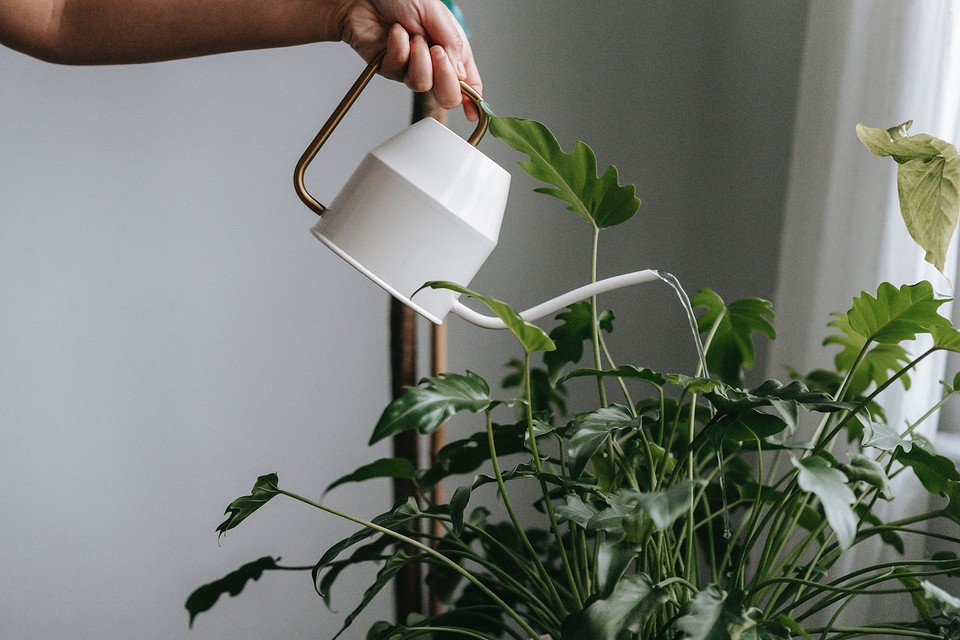
Wrong Pot Size
The wrong pot size creates obstacles to the growth and development of the plant. In a too-small pot, the roots become cramped, while a too-large one can lead to soil overmoisture and “flooding.” Another negative factor is the lack of a drainage hole. Even if you put pebbles and sand at the bottom, it won’t save the situation. Choose classic options with a hole in the bottom of the pot. Accumulation of water in the saucer will additionally reveal excessive watering.

Moving Around
Think your plant likes a change of scenery? Think again. First, moving it back and forth can damage it. Second, the choice of location for each green pet is individual. Some species need a lot of direct sunlight, others moisture and diffused lighting. Therefore, find the ideal place and don’t carry the plant around the apartment. Remember, it’s a living thing.
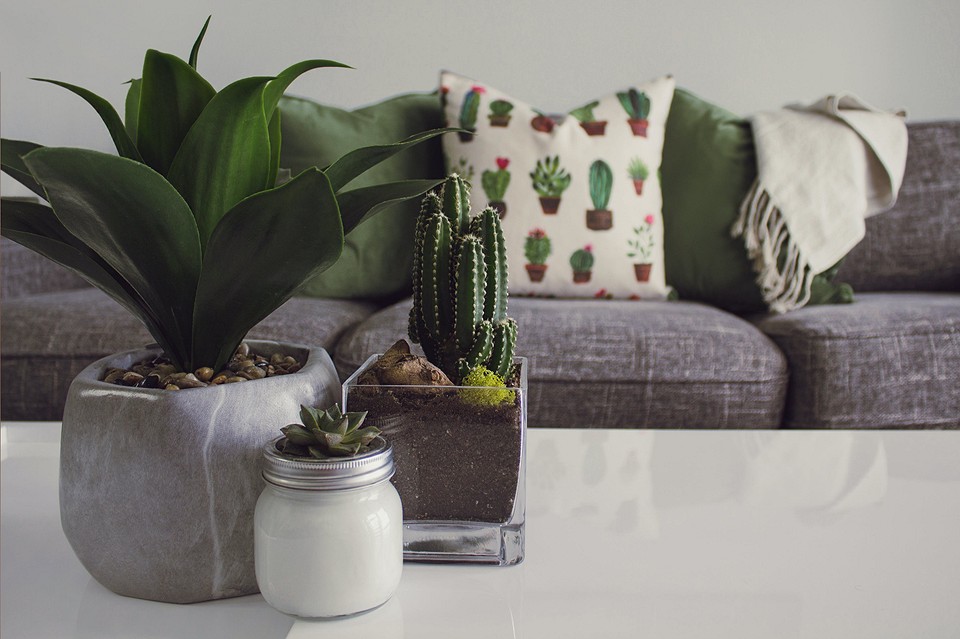
Placing on a Windowsill
A standard solution is a plant pot on a windowsill. But it’s not always successful: for example, in winter. First, dry hot air comes from radiators. Second, ventilating can lead to “freezing” the plant, and constantly moving it while the windows are open is harmful. In summer, life on the windowsill is contraindicated for many plants due to heat, active sun, constantly open windows, and air pollution.
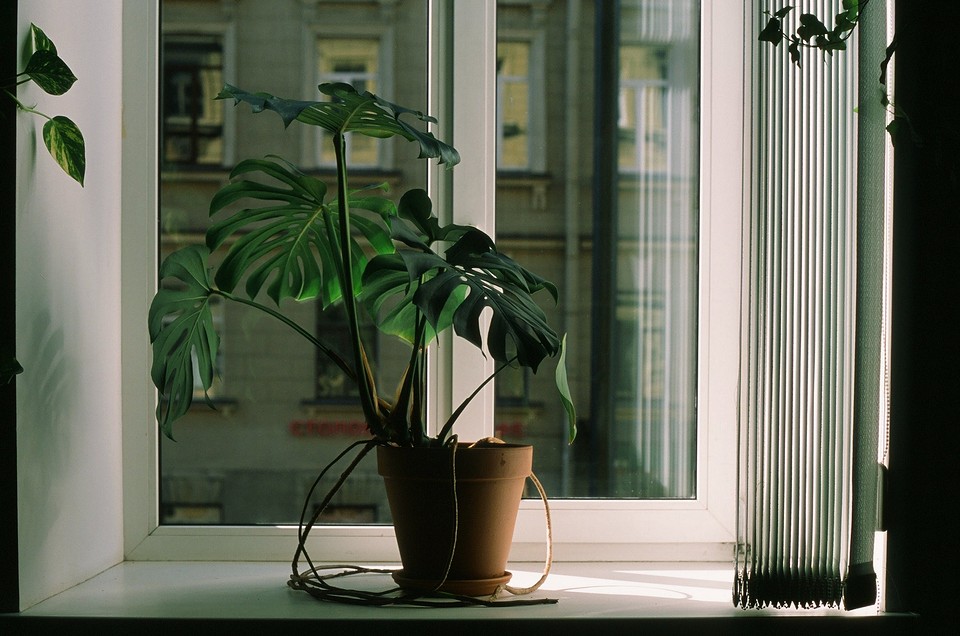
Repotting at the Wrong Time
A plant is not a child, and a pot is not shoes that are outgrown. Therefore, you should not repot a flower just because you think the pot has become small. The point of repotting is to change the soil mix to nourish the plant. You can tell it’s time to change the pot if the plant’s growth slows down. Or if the roots start to grow beyond the container. Choose a size 0.79-1.97 inches (2-5 cm) larger than the previous one.

Excessive Attention
Paradoxically, too frequent care often harms the plant no less than its lack. Constant ventilation can “chill” the pet, frequent watering can “drown” it, and pruning leaves that seem unnecessary and unaesthetic can lead to “balding.” Excessive fertilizing out of season is also harmful: for example, in winter, when photosynthesis and growth processes slow down. Therefore, if you do not notice obvious signs of wilting, do not bother the plant with unnecessary care.

Overcrowding
Creating green jungles or a winter garden in an apartment is an interesting idea but not very feasible. If you place too many plants in one spot, they will become crowded. Lack of light and space will cause some pets to wilt. Another problem is that there are no universal ways to care for different species. The more you have in your apartment, the harder it is to care for them. Spread your plants throughout the living space and follow the “less is more” principle.
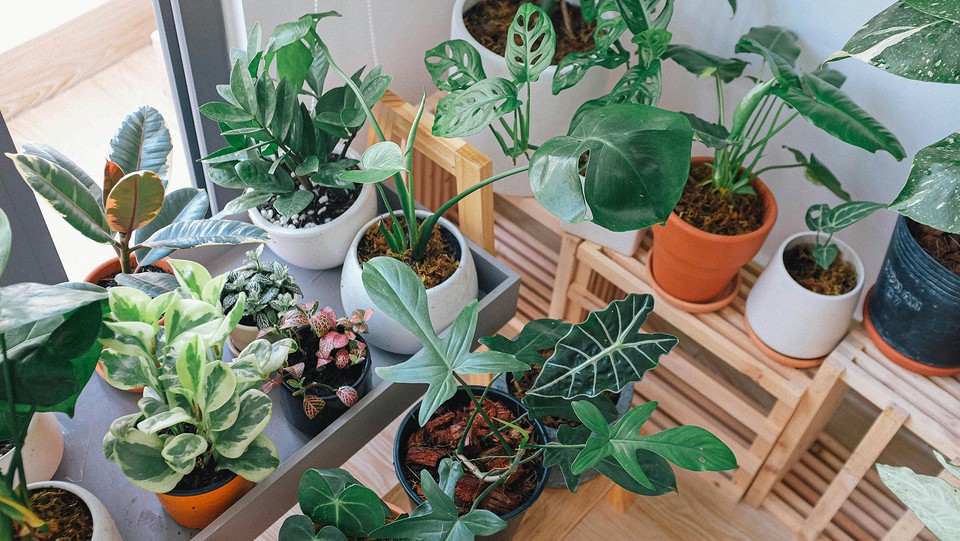
Static Pot Position
If you forget to periodically rotate the plant around its axis, this can lead to bending of the stems and improper growth. The plant stretches towards the sun. Therefore, if the sunlight hits your green pet unevenly, regularly turn it towards the light on different sides.
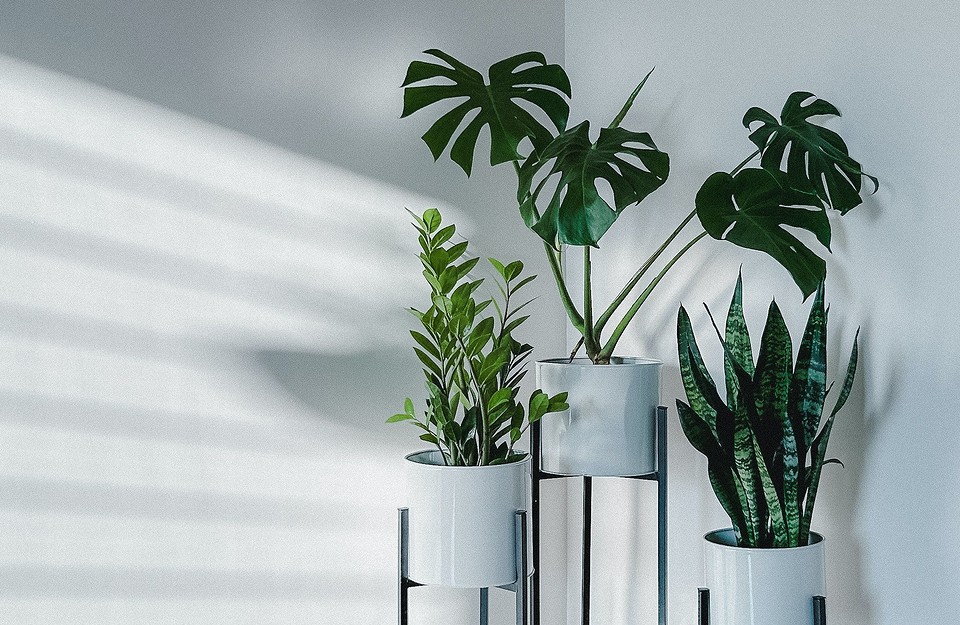
Buying a Flowering Plant
Everything was fine in the store: a beautiful, healthy-looking flowering plant. You brought it home, repotted it, did everything right. But a few days later, the flowers wilted and fell off. And the plant itself began to wilt, despite your efforts.
The thing is, sellers stimulate flowering with hydroponics—introducing nutrient solutions. Or they feed them with special compositions for enhanced growth. Artificially accelerated development depletes the plant’s resources. As a result, it cannot live normally and dies. Therefore, do not be deceived by vigorous flowering; it is better to buy “babies.”
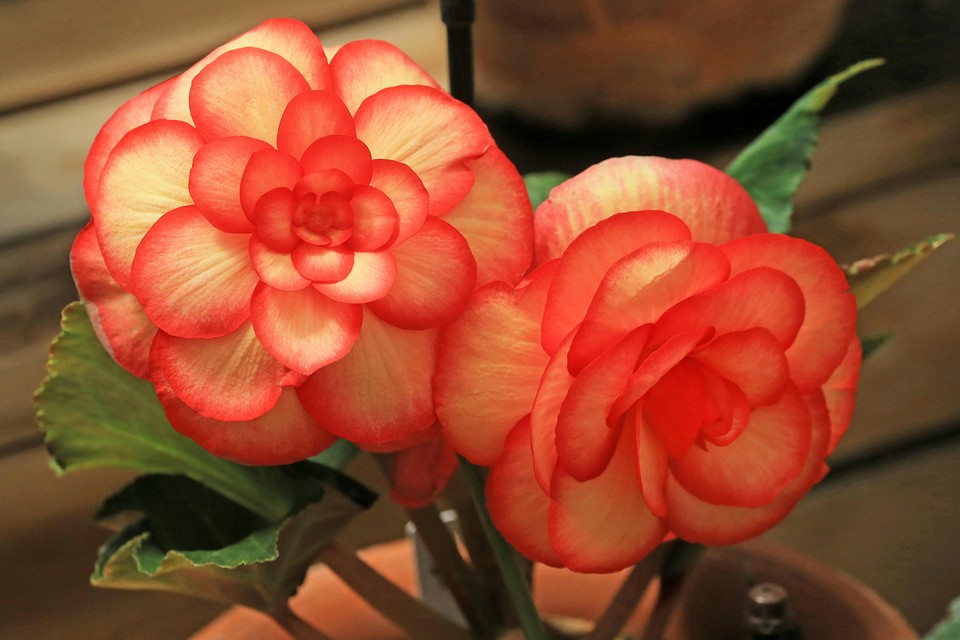

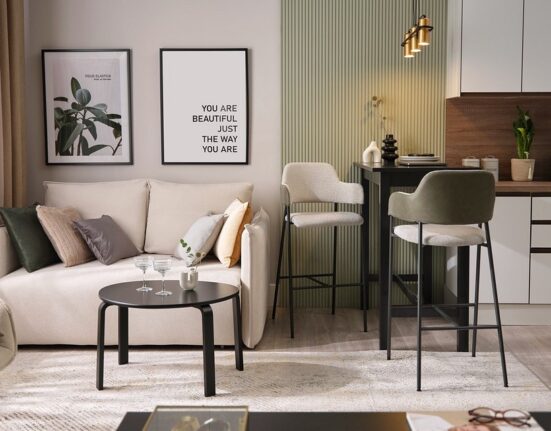
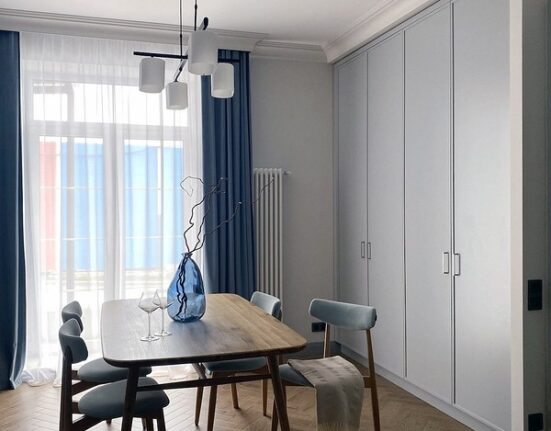

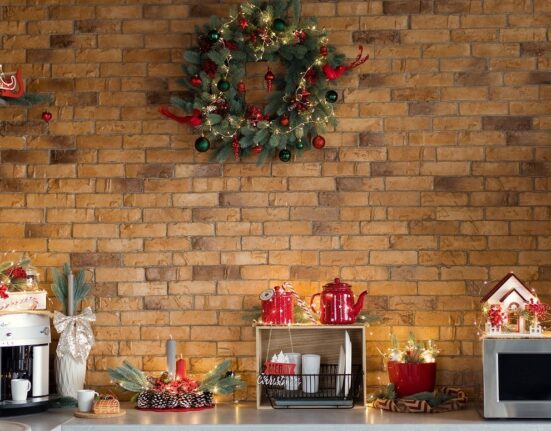

Leave feedback about this